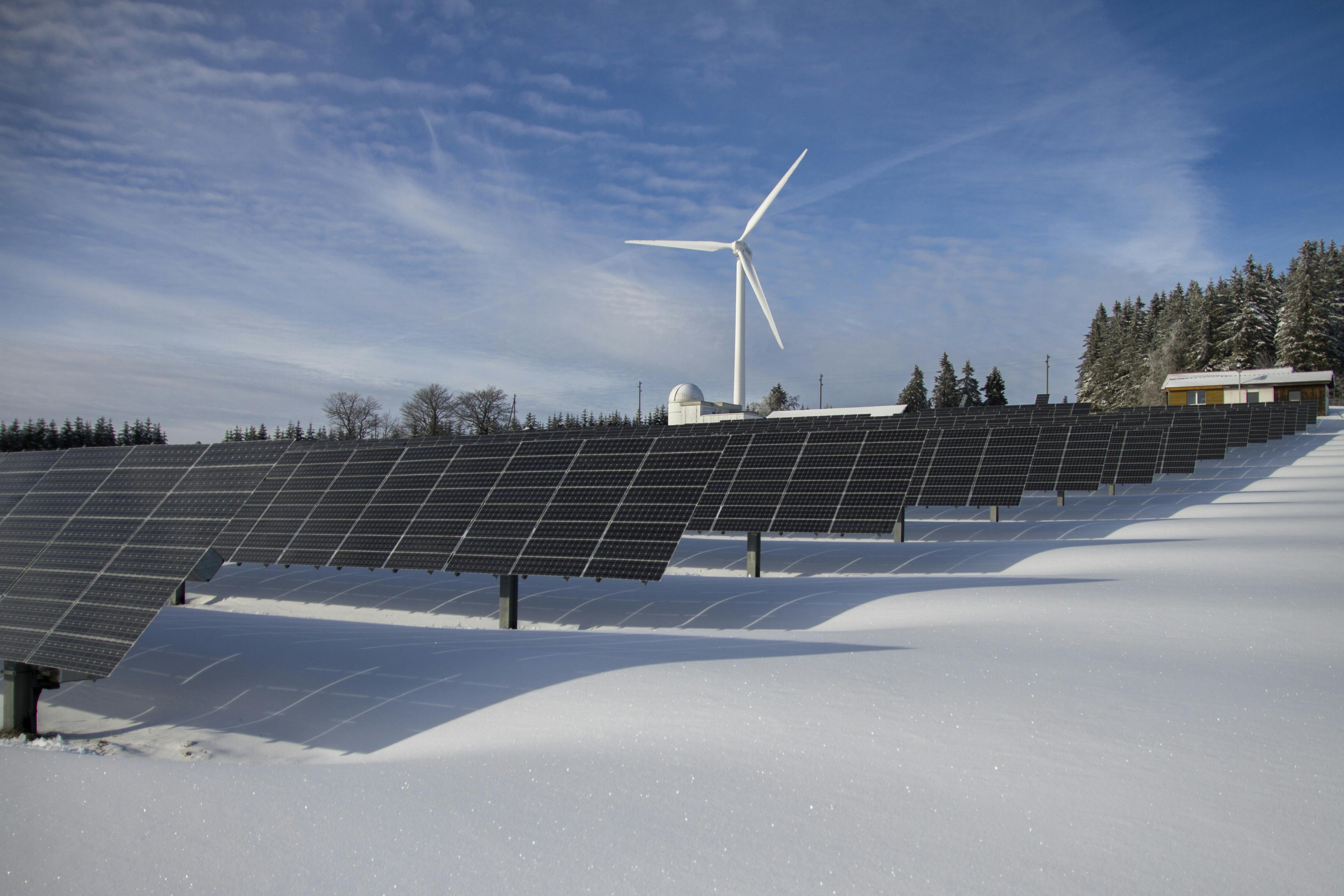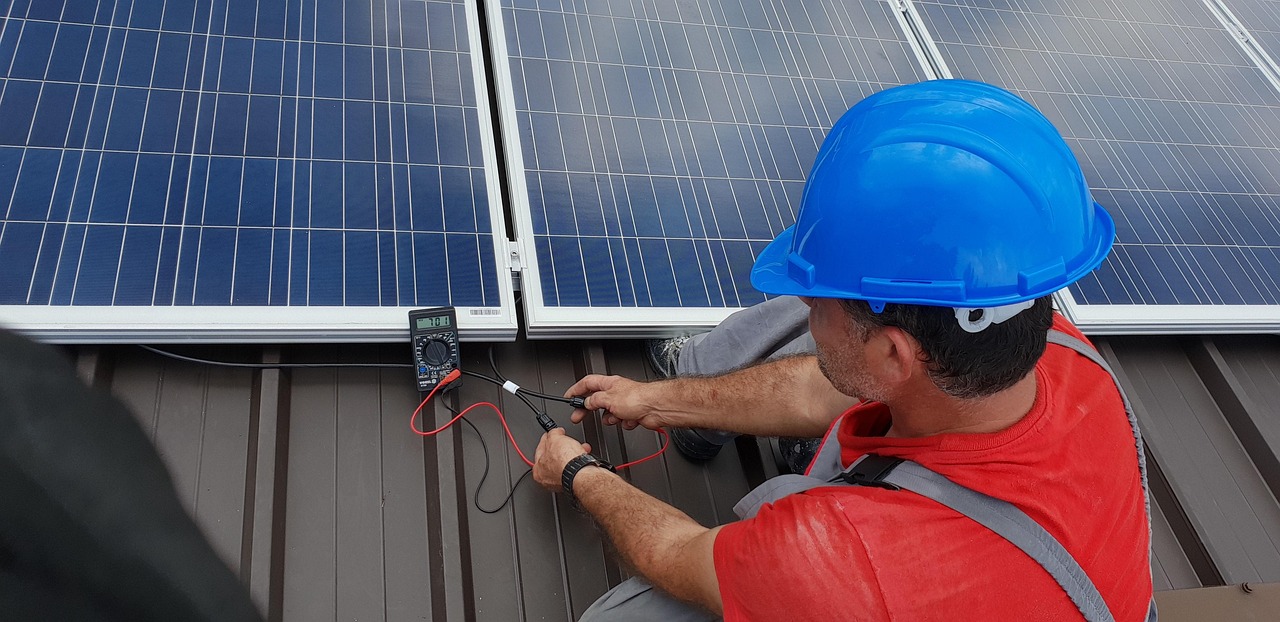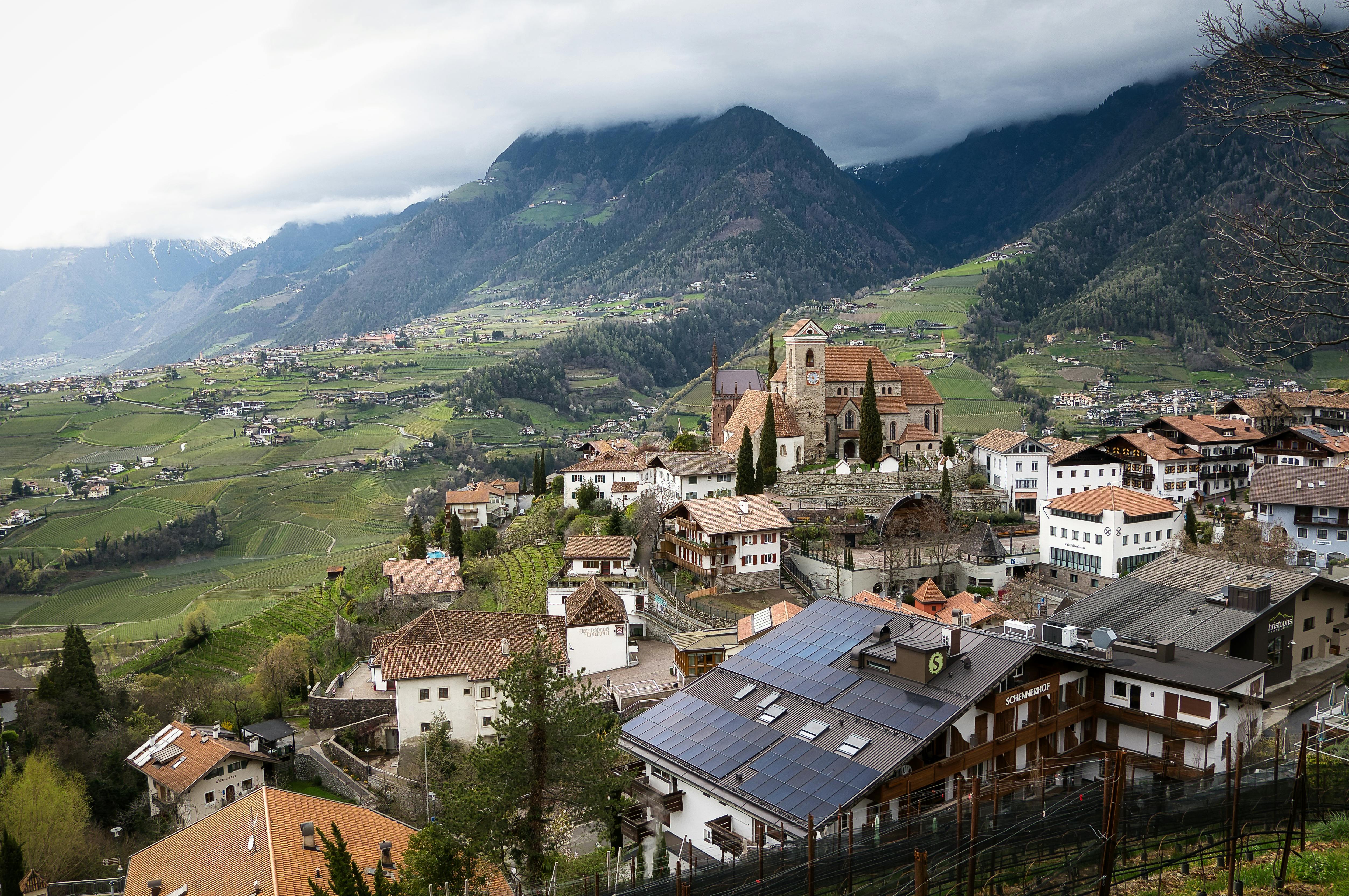Solar Panel Average Output in the UK
Discover how UK solar output varies based on the season and how this can impact homeowners

Solar panels in the UK generate significantly more electricity during summer months, producing approximately 65-75% of their annual output between April and September. The average 4kW system generates around 3,400-4,200 kWh annually, generating around 3 times more energy in the summer compared to the winter. However, while winter output does decrease, UK homeowners can still expect reliable energy generation year-round.
Main Solar Takeaways:
- Average summer output: 65-75% of annual electricity generation occurs between April-September
- Average winter output: 25-35% of annual generation happens between October-March
- Should homeowners worry? No - seasonal variation is normal and predictable, with summer excess compensating for winter reductions
How much output should you be expecting in the summer?
Solar panel performance is based on the amount of sunshine that hits the panel, not how warm the weather is. During the UK’s sunnier months, from April to September, solar panels can perform at peak efficiency. For example, a 4kW residential solar system will generate around 2,500 kWh during this six-month period, representing roughly two-thirds of the system's annual output.
The increased summer performance stems from longer daylight hours and higher solar irradiance levels. In June and July, the UK experiences up to 16-17 hours of daylight, compared to just 7-8 hours in December. This extended exposure, combined with the sun's higher position in the sky, creates optimal conditions for electricity generation.
Factors that can cause summer output to vary include:
- Cloud coverage - cloudy summers will reduce generation
- Panel orientation and tilt angle
- Shading from trees, buildings, or other obstructions
- System maintenance and cleanliness
- Panel age and efficiency ratings
- Geographic location within the UK
- Temperature - extremely hot days can actually reduce panel efficiency
It's important to note that output will vary year to year based on weather conditions. However, modern solar systems are designed to be highly reliable, with most variations falling within predictable ranges that don't significantly impact long-term returns on investment.
How much is this likely to decrease in the winter?
Winter solar output in the UK typically represents 25-35% of annual generation, creating a noticeable but manageable seasonal difference. The primary factors causing this decrease are shorter daylight hours and lower sun angles, rather than cold temperatures – cooler weather can actually improve panel efficiency.
Data shows that generation in the less sunny months of the year (January-March and October-December) is approximately 1,000 kWh compared to nearly 3,000 kWh in summer, illustrating the typical 3:1 ratio between peak and low seasons. Some factors affecting output include reduced daylight hours, lower solar angles requiring sunlight to travel through more atmosphere, and increased cloud cover during typical UK winter weather patterns.
The decrease isn't drastic enough to cause concern for homeowners. UK solar systems are specifically designed with this seasonal variation in mind, and the substantial summer surplus typically compensates for reduced winter output.
Additionally, grid connection allows homeowners to export excess summer generation and import electricity during lower-generation periods. For this reason, we recommend that homeowners get additional panels beyond what covers their summer needs.
These extra panels let them sell excess electricity back to the grid during high-generation periods and make extra income from their initial investment in their solar system. In the winter, these additional panels will compensate for reduced daylight hours and keep generation high enough to keep homes powered without overreliance on the grid.
Should you expect a drop in output each winter?
Yes, seasonal output variation is entirely normal and should be expected every year. Historical UK solar data shows this 65-75% versus 25-35% split, making it one of the most predictable aspects of solar ownership.
Rather than viewing the winter reduction in energy generation as a limitation, it's better understood as part of solar's natural rhythm. The technology is specifically designed to work with these seasonal variations, and UK solar installation standards account for this predictable output pattern.
Most importantly, the winter decrease doesn't indicate system malfunction or poor performance – it's simply the natural result of seasonal changes in sunlight availability. Homeowners will still save considerably on their energy bills throughout the year.
Do you need to worry about how power is stored?
UK solar installations typically don't require homeowners to manually manage seasonal energy storage. For grid-tied systems (the vast majority of UK installations), excess summer generation can be exported to the national grid and stored for later use. This effectively uses the grid as a massive seasonal battery, with summer surplus balancing winter shortfall.
For this reason, homeowners with battery storage systems benefit from daily energy management rather than seasonal storage. Current domestic batteries typically store 5-20 kWh – enough for daily cycling but not long-term seasonal storage.
A connection to the grid helps homeowners manage seasonal variations in energy generation and keep their homes powered. This happens automatically – homeowners don't need to consciously "save" summer energy for winter use, and can continue using electricity in their home normally.
Conclusion
UK solar panels deliver reliable, predictable performance across all seasons, generating 65-75% of annual output in the sunnier half of the year and 25-35% during the less sunny months. Our customers save over £1,000 a year by switching to solar despite seasonal fluctuations, and the energy savings continue year-round.
MakeMyHouseGreen will help you understand exactly how much you’d save and generate throughout the year. We also offer a free consultation to answer any of your questions about solar in detail. To get started, use our solar calculator or chat with our friendly team to see what solar could look like for you.
Ready to see what you can save?
Our solar calculator is 100% free to use. Enter your postcode below to get started.

Based on 400+ Trustpilot reviews





